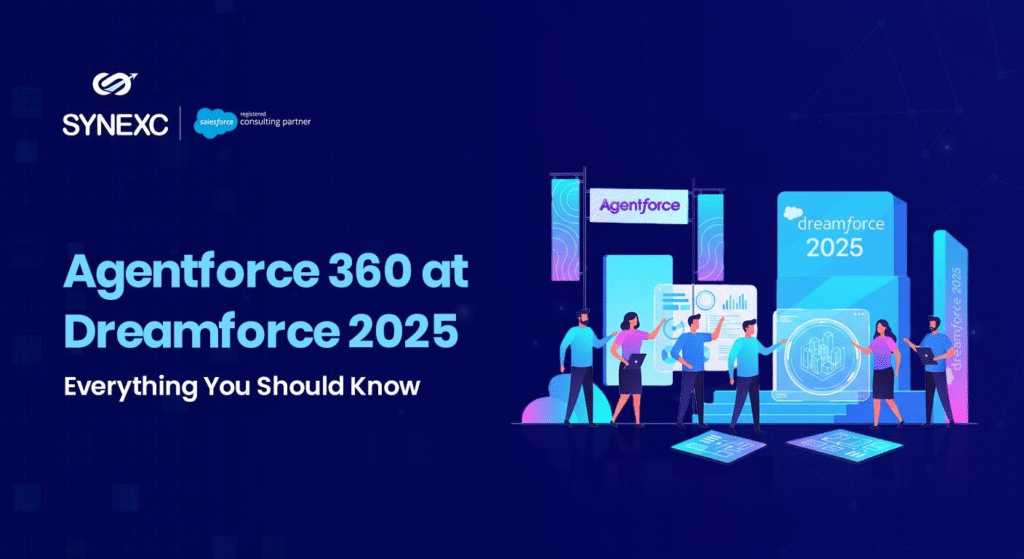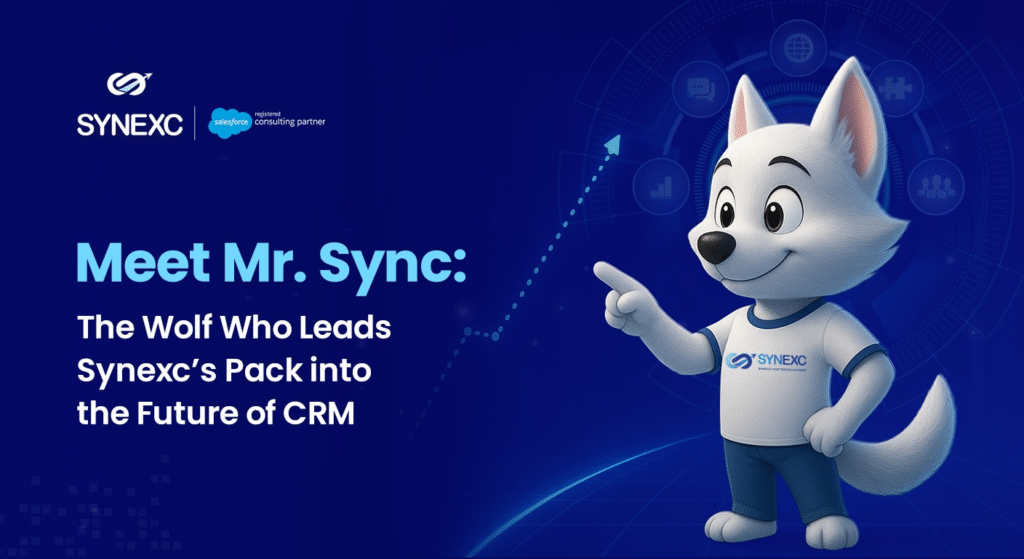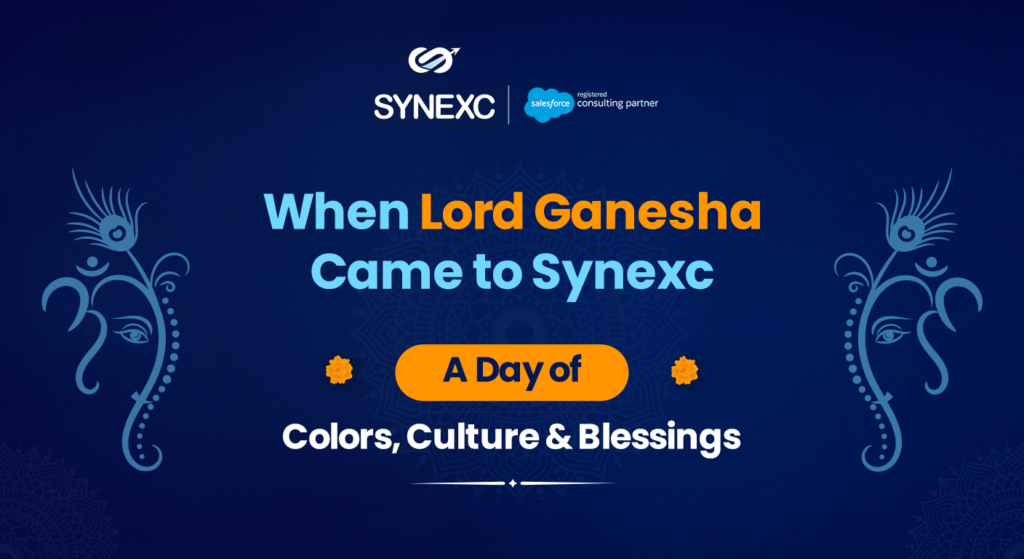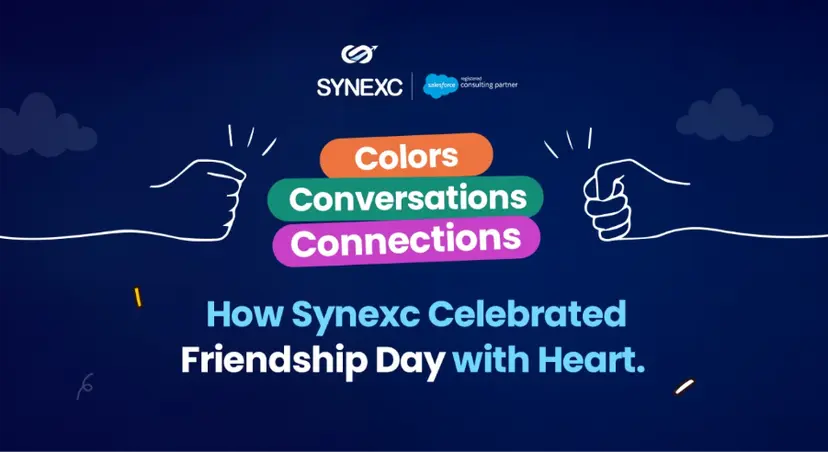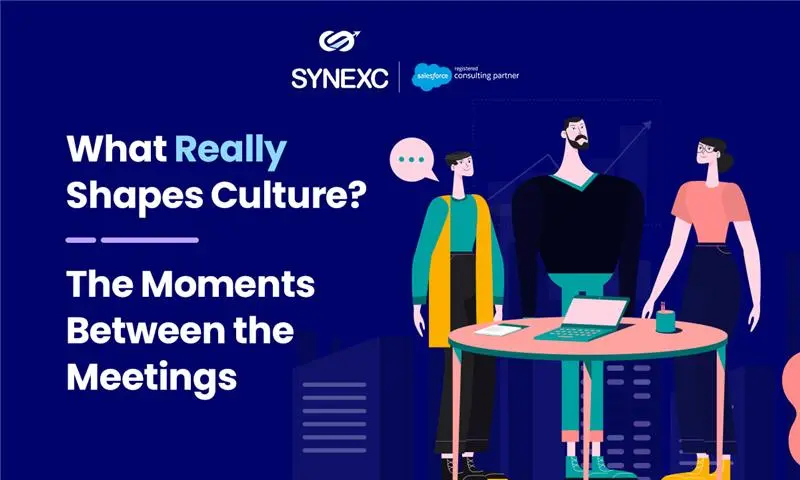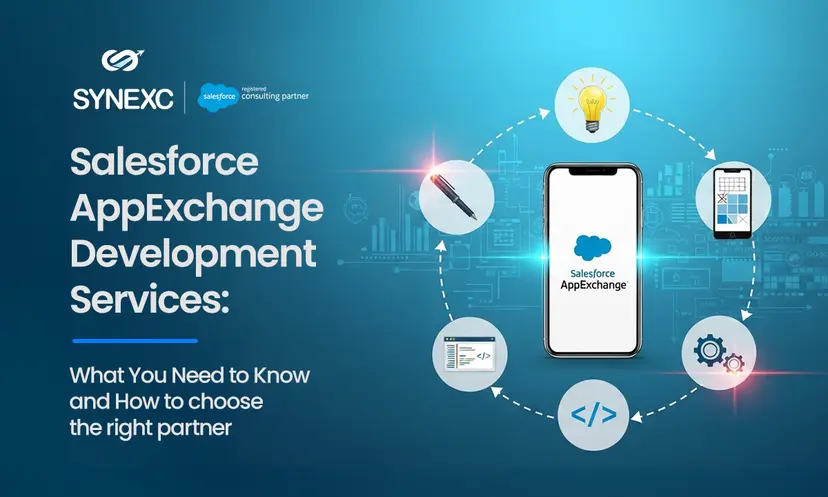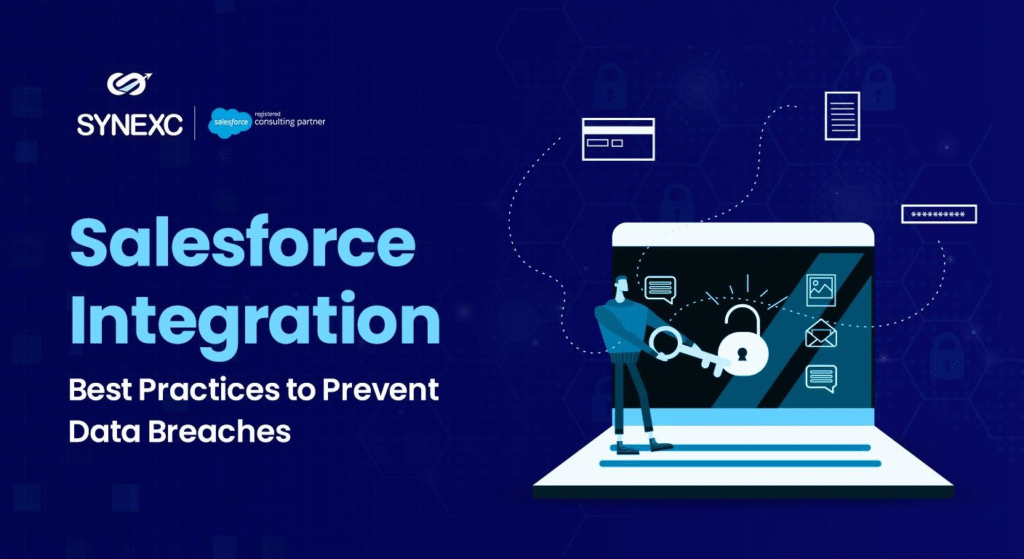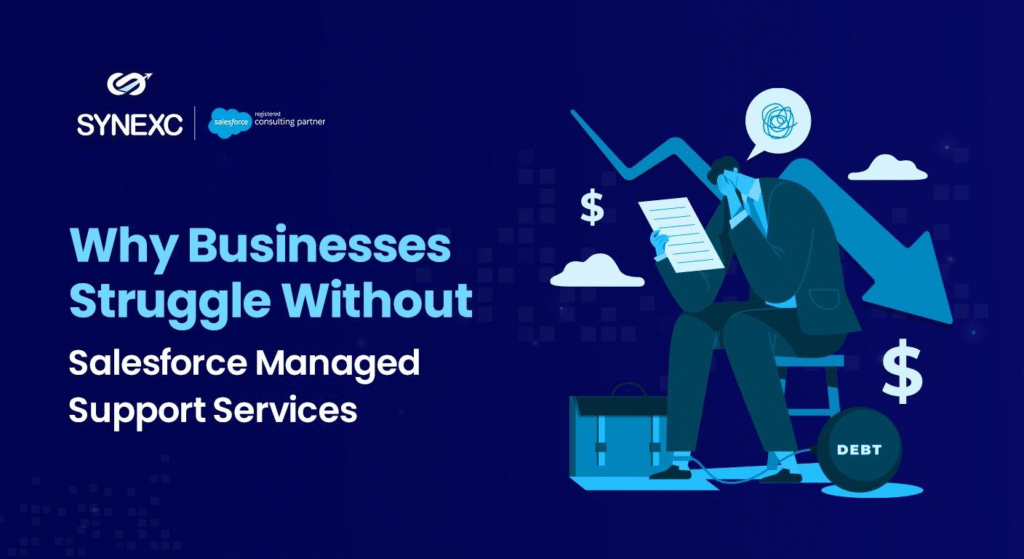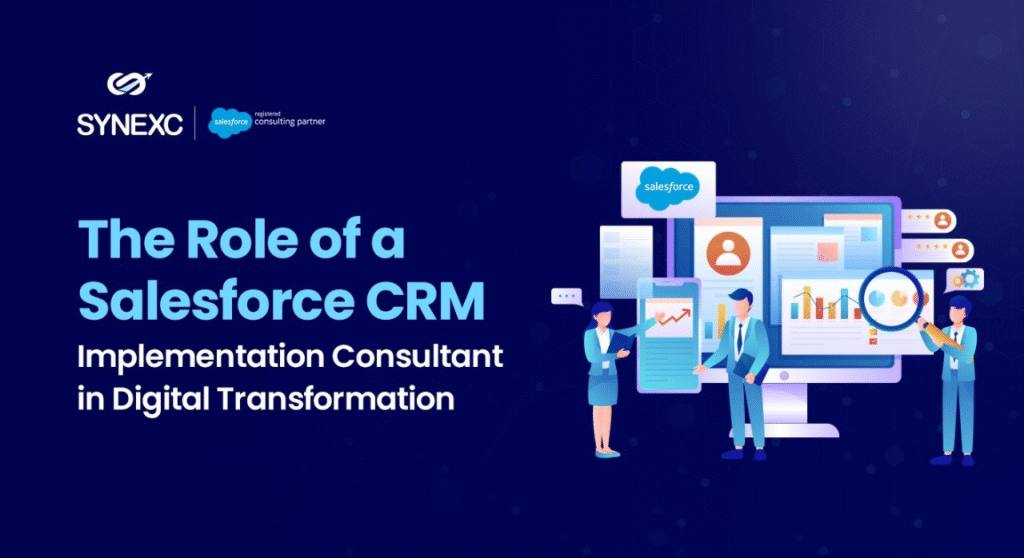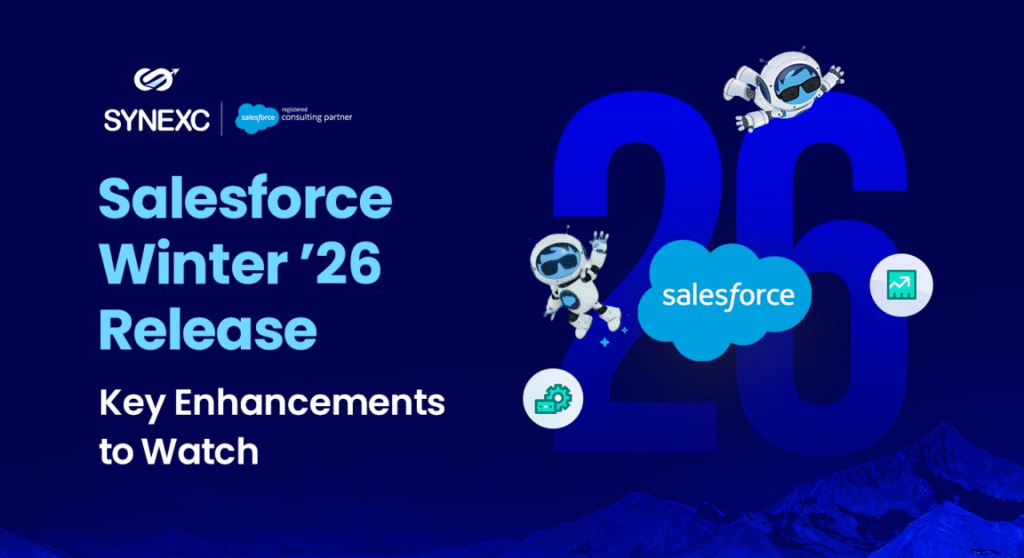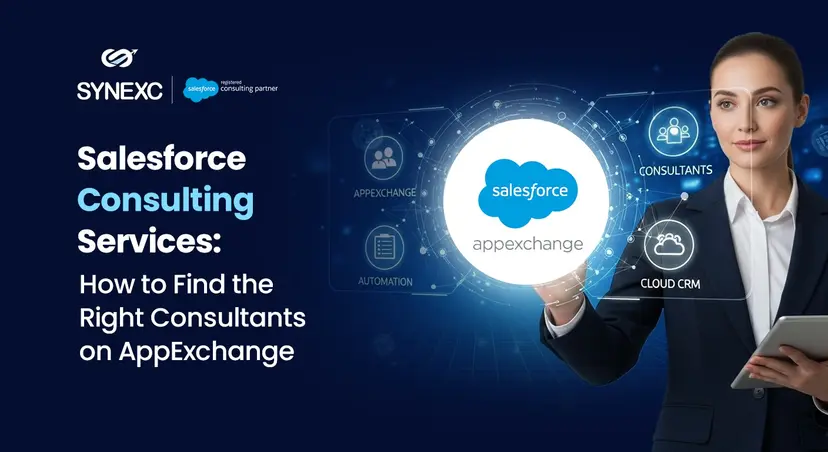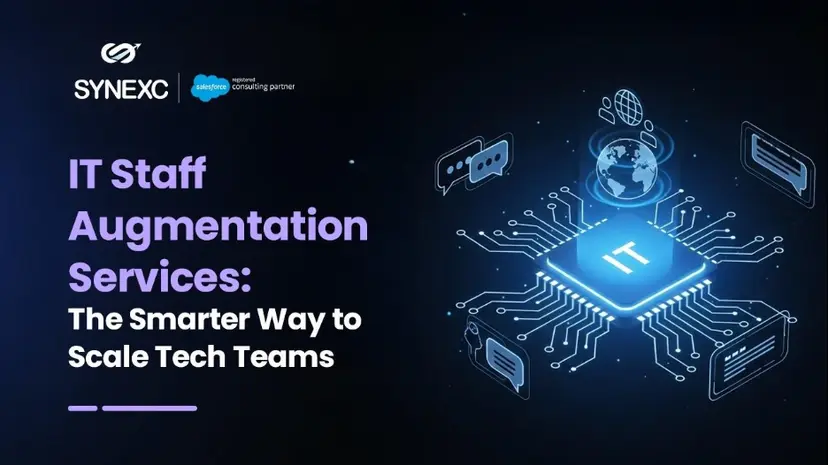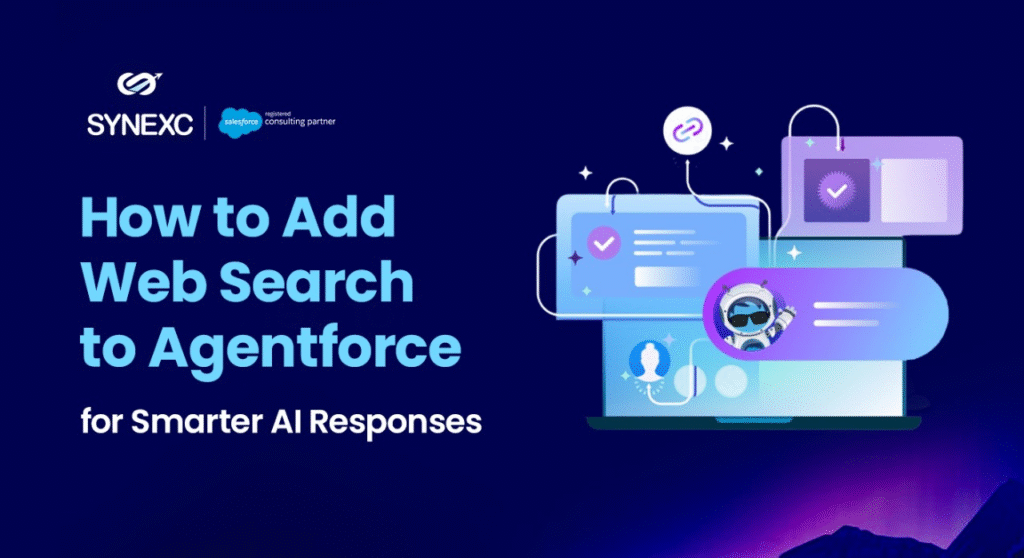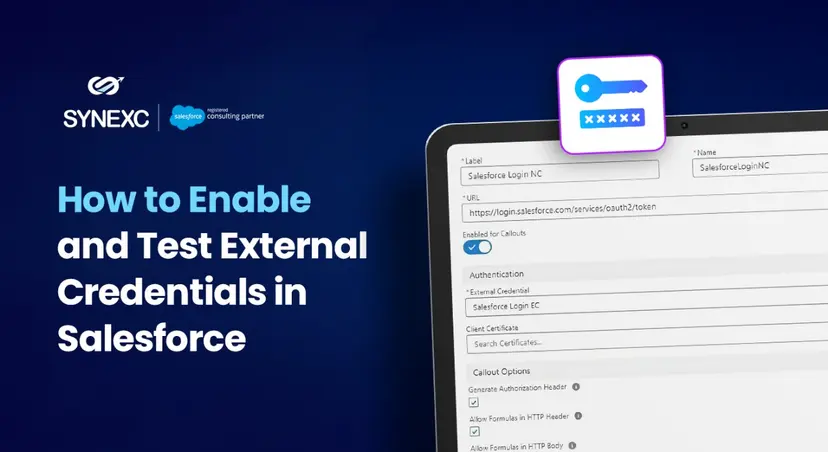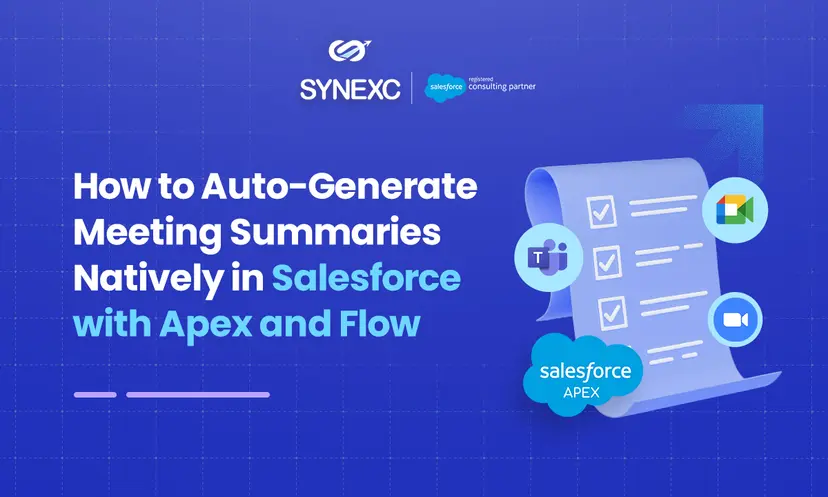There’s a reason Agentforce 360 has dominated every Dreamforce 2025 conversation. It’s not just another AI feature drop; it’s Salesforce’s clearest statement yet that the CRM of the future won’t be a system we use, but a system that works alongside us.
For years, Salesforce has been layering AI into its products, with Einstein, Copilot, and GPT integrations being key steps toward a more intelligent CRM.
But Agentforce 360 is an entirely different model that makes the shift from assistive AI to agentic AI, where digital agents can reason, act, and collaborate across Salesforce apps, data, and even external systems.
So, what exactly is this Agentforce 360 unveiled at Dreamforce 2025, and why are experts hailing it as the operating system of the agentic enterprise?
Let’s unpack it.
What Is Agentforce 360?
At its core, Agentforce 360 is Salesforce’s new unified AI platform that lets organizations create, deploy, and manage autonomous AI agents. It’s the kind of platform that doesn’t just answer queries but actually performs tasks, makes recommendations, and takes contextual actions.
These agents are powered by Salesforce’s evolving data and AI stack, combining the intelligence of Data 360 (formerly Data Cloud), the logic of Agentforce Builder and Agent Script, and the interactivity of Slack and Voice. Everything connects through one trusted, governed system. Hence the term 360.
For businesses, it means:
- Faster automation with fewer technical dependencies
- Trusted, explainable AI governance
- Real-time collaboration between humans and agents
Main Features of Salesforce Agentforce 360
In yet another step forward from Agentforce3, Dreamforce 2025 gave us a first real look at the architecture, and the features are as strategic as they are practical.
Here are the core features of Agentforce 360:
1. Agentforce Builder: Where Agents Take Shape
Think of Agentforce Builder as Flow Builder meets AI Studio, a low-code canvas where you design and test your own AI agents.
You can describe what the agent should do in natural language or define it through modular steps: where it gets data, what decisions it makes, and what actions it takes. The live simulator lets you see how the agent responds before deploying it to production.
For teams that don’t have data scientists, this is a big deal. You can prototype, iterate, and deploy functional AI agents without touching Python or LLM APIs. The Builder consolidates the entire lifecycle of building, testing, deploying, and monitoring in one place.
2. Agent Script: Logic You Can Trust
One of the smartest moves Salesforce made with Agentforce 360 is introducing Agent Script. It’s a declarative, human-readable scripting language that defines exactly how agents behave.
If Flow rules are for automation, Agent Script is for reasoning. You can specify conditions like:
“If the customer is a top-tier account, escalate to human support.”
“If data is missing, query Data 360.”
This scripting layer makes agent behavior predictable, auditable, and controllable, something most generative AI systems have lacked.
In other words, you’re not leaving critical business actions up to AI magic. You’re defining logic and intent upfront.
3. Agentforce Voice: Because AI Should Speak Human
Salesforce isn’t just thinking about text-based interactions. With Agentforce Voice, the platform can now handle spoken conversations, from service calls to internal voice prompts.
This feature helps agents pull data from Service Cloud, trigger an order in the ERP, and confirm completion, all in one flow.
It’s not just convenience. It’s accessibility, speed, and a more natural user experience. Expect to see this integrated into Sales, Service, and Field modules first.
4. Slack as the Agentic OS
Salesforce has officially positioned Slack as the Agentic Operating System, the place where humans and AI agents collaborate.
Inside Slack, you can summon an Agentforce agent just like you’d @mention a teammate.The agent fetches your requirements in seconds, drawing directly from Salesforce data.
This is one of the most practical evolutions of AI at work, with no new interface, no app fatigue, just seamless productivity inside Slack.
5. Data 360: The Brain Behind Every Agent
All this intelligence would collapse without Data 360, Salesforce’s unified data layer.
Every Agentforce agent relies on clean, structured, and contextual data on CRM records, unstructured documents, and even chat transcripts. Data 360 feeds agents the ground truth so they can act confidently and avoid the hallucinations that plague ungrounded AI systems.
In a way, Data 360 is the memory and context engine of Agentforce. It ensures that every decision an agent makes is traceable to real enterprise data.
6. Hybrid Reasoning: The Smartest Middle Ground
Traditional automation follows rigid rules. Generative AI, meanwhile, can be too flexible, sometimes unpredictably so. Agentforce 360 blends both through Hybrid Reasoning.
This means an agent can apply deterministic logic when precision is critical (say, refund approval rules) and generative reasoning when flexibility helps (like writing a personalized response).
That hybrid balance is what makes Agentforce agents enterprise-ready.
7. Command Center: Visibility, Control, and Trust
Salesforce knows that no enterprise will adopt autonomous agents without governance. That’s why Agentforce 360 includes a Command Center, an observability dashboard that tracks agent performance, outcomes, and decision trails.
With this command center, admins can monitor actions performed by agents, triggered rules, escalation frequency, and failure spots.
8. Model Flexibility and Open Ecosystem
Salesforce has made Agentforce 360 model-agnostic. Unlike closed AI systems, it supports multiple LLMs such as OpenAI, Anthropic, and others. It gives organizations the flexibility to choose based on cost, accuracy, or data sensitivity.
That’s a huge win for enterprise buyers who don’t want to be locked into one model vendor. It also aligns with Salesforce’s long-term ecosystem play, integrating partner AI solutions under one governance layer.
9. Agent Registry & Orchestration
With so many agents being built across departments, agent sprawl is a real risk. Salesforce solves that with an Agent Registry, where all agents are listed, versioned, and governed.
Admins can assign permissions, restrict data access, and monitor communication between agents.
10. Setup Powered by Agentforce
Even Salesforce’s own backend is going agentic. The Setup page now includes Agentforce-powered assistants that can diagnose and fix configuration issues.
You can literally ask:
“Why can’t this user access the dashboard?”
and the agent will analyze permissions and suggest a fix or apply it automatically.
For admins, this is the quiet revolution: AI that not only runs the business but helps manage Salesforce itself.
The Bottom Line
Agentforce 360 marks Salesforce’s entry into a new era, the Agentic Enterprise. It’s about moving from data-driven systems to decision-making systems that learn, reason, and act responsibly.
For organizations, the opportunity is huge, but so is the responsibility. These agents will only be as good as the data, logic, and guardrails you design.
If you’ve been experimenting with Copilot or Einstein, think of Agentforce 360 as the natural next step, not just smarter automation, but autonomous collaboration.
Need help adopting Agentforce 360 in your org? Get in touch with Synexc to help you prepare your org for the agentic era!

